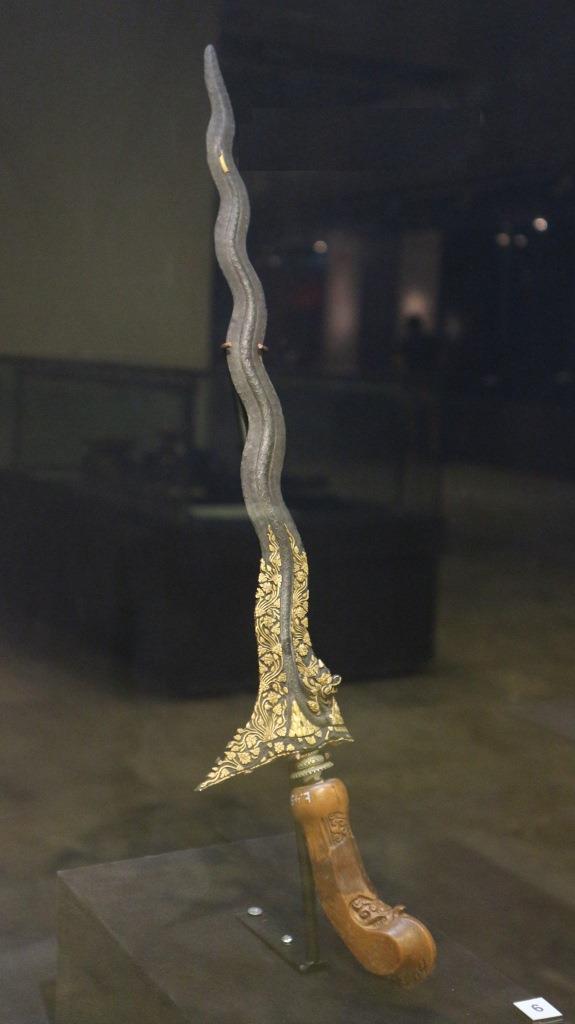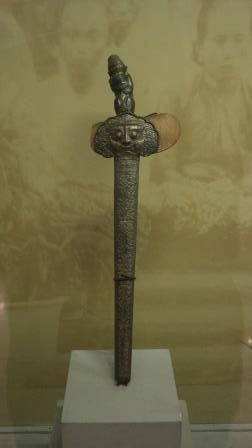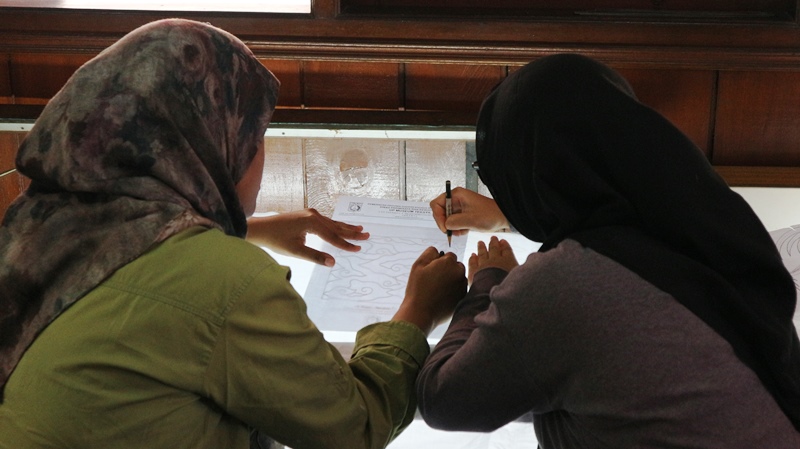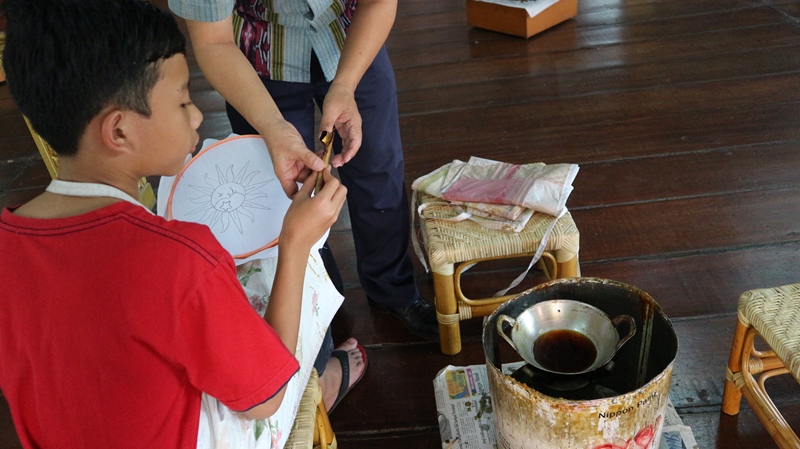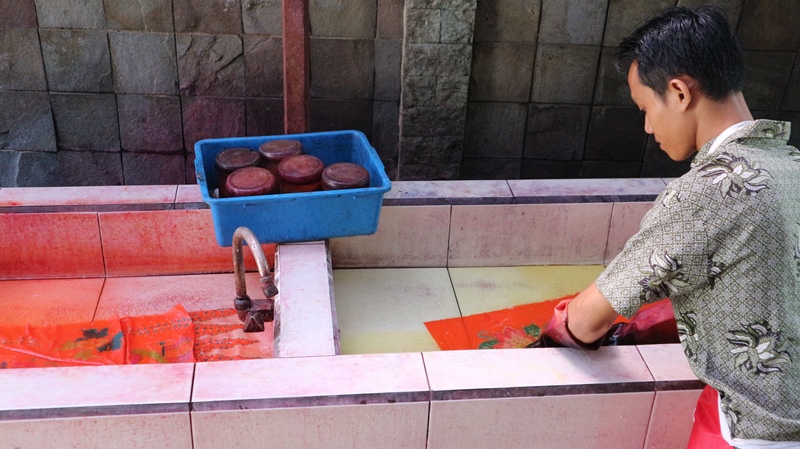Jusuf Anwar Building as a Part of A.A. Maramis Building to See with Jakarta Walking Tour
One of the places you must see while you are exploring the Central Jakarta area is the Lapangan Banteng complex. As we mentioned previously, there are many activities that you can do inside the area. Besides those activities, you might also want to look for the historical building that is full of memories from Batavia in the past. It is the A.A. Maramis Building, formerly named Paleis van Daendels.
A Brief History of A.A. Maramis Building That You Can See While Joining Tour in Jakarta
The Building inside the Lapangan Banteng complex is already around from the Dutch colonial era in early 19th Century. It was intended to be the residence of Dutch East Indies Governor General, Herman Willem Daendels. However, the construction was stopped midway, and he didn’t get the chance to reside there as he was stationed to Poland by Napoleon’s order. The construction was finally completed around 19 years later. Despite the name as a “Daendels Palace” it never functioned as a palace but had housed numerous bureaus and departments such as post office, the state printing office, and general clerk’s department, and high court.
The Iconic Historical Building Style to See on Walking Tour in Jakarta
The building was designed based on the style that was popular in France by that time, Empire Style. However, since it is conformed into the tropical climate of Indonesia, it became known as Indies Empire Style. This style flourished in the colonial Dutch East Indies from around 18th Century and the end 19th Century. Therefore, there are many historical buildings in Jakarta has the similar style.
A Trace of the Past in the Present While Strolling on Walking Tour of Jakarta
the headquarters of Indonesian Ministry of Finance until the present day. In 2019, the building was started to be renovated and will become a museum and finance library, and as a cultural heritage as well. Want to see closer to know directly how it looks in the present day? Come join our Jakarta Walking Tour and we will take you to explore more of what you can see in Jakarta. See you around!


